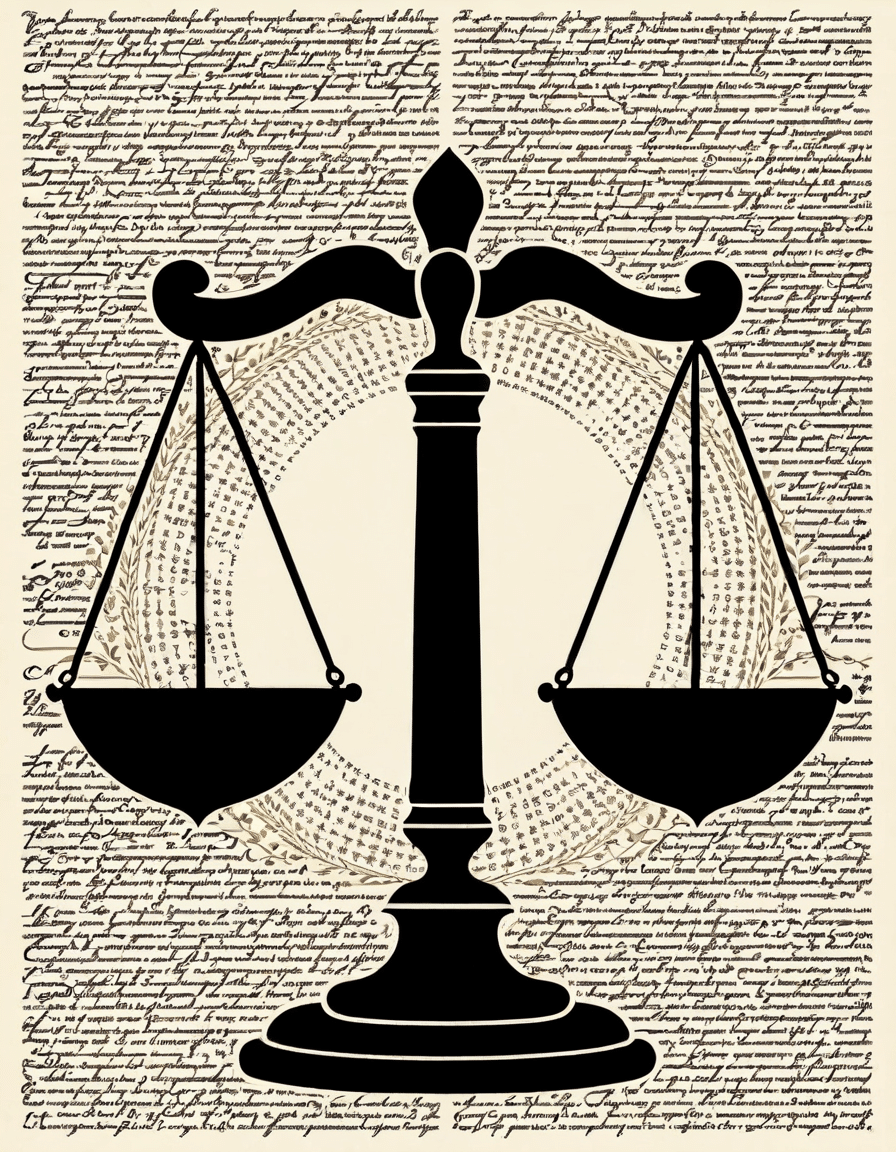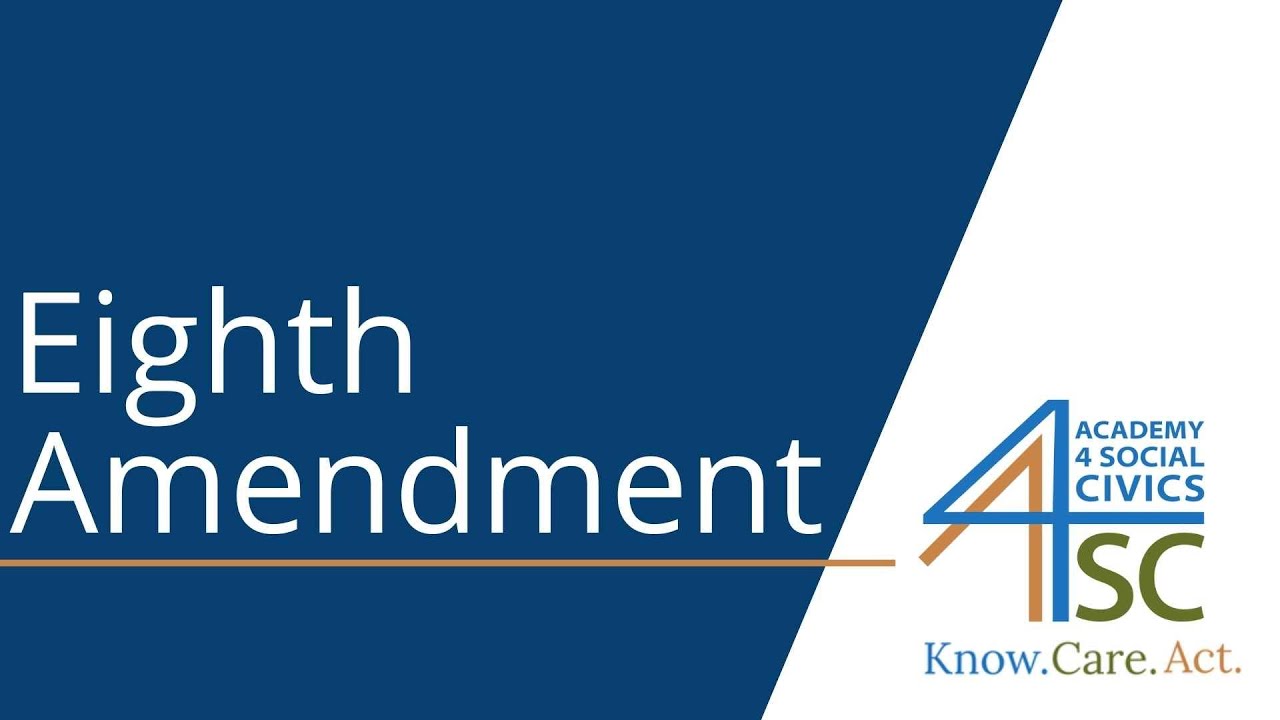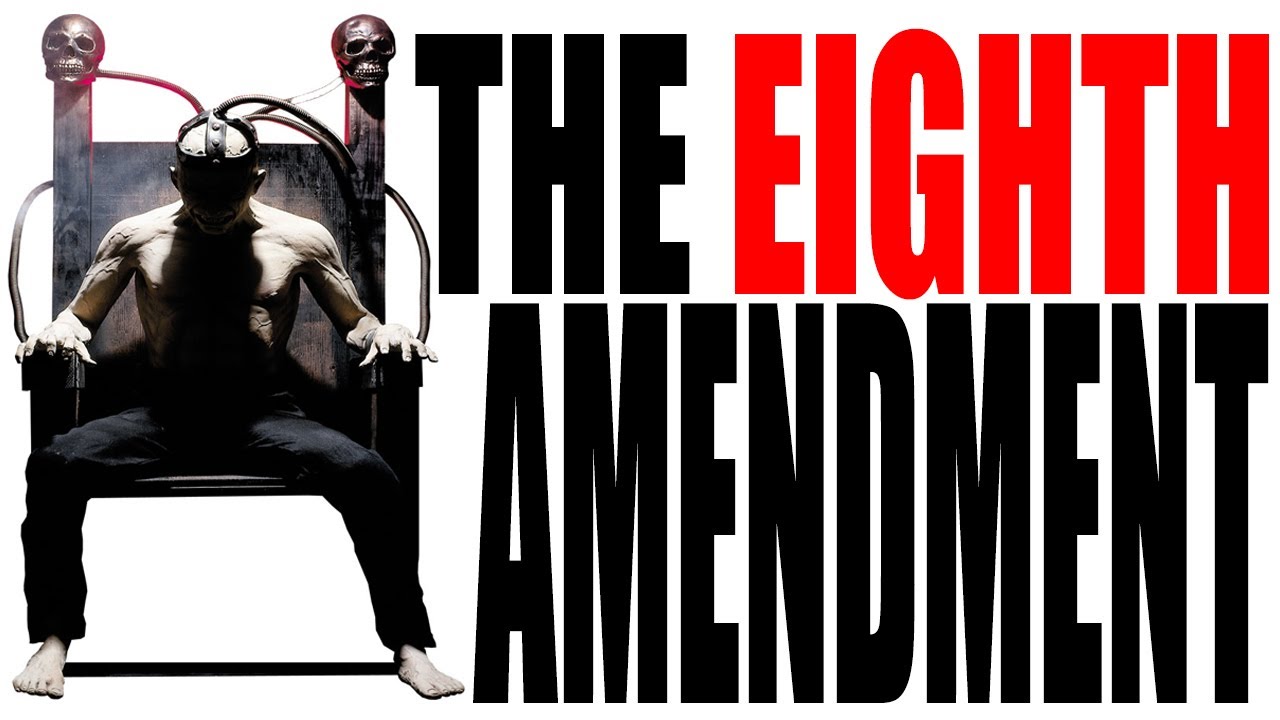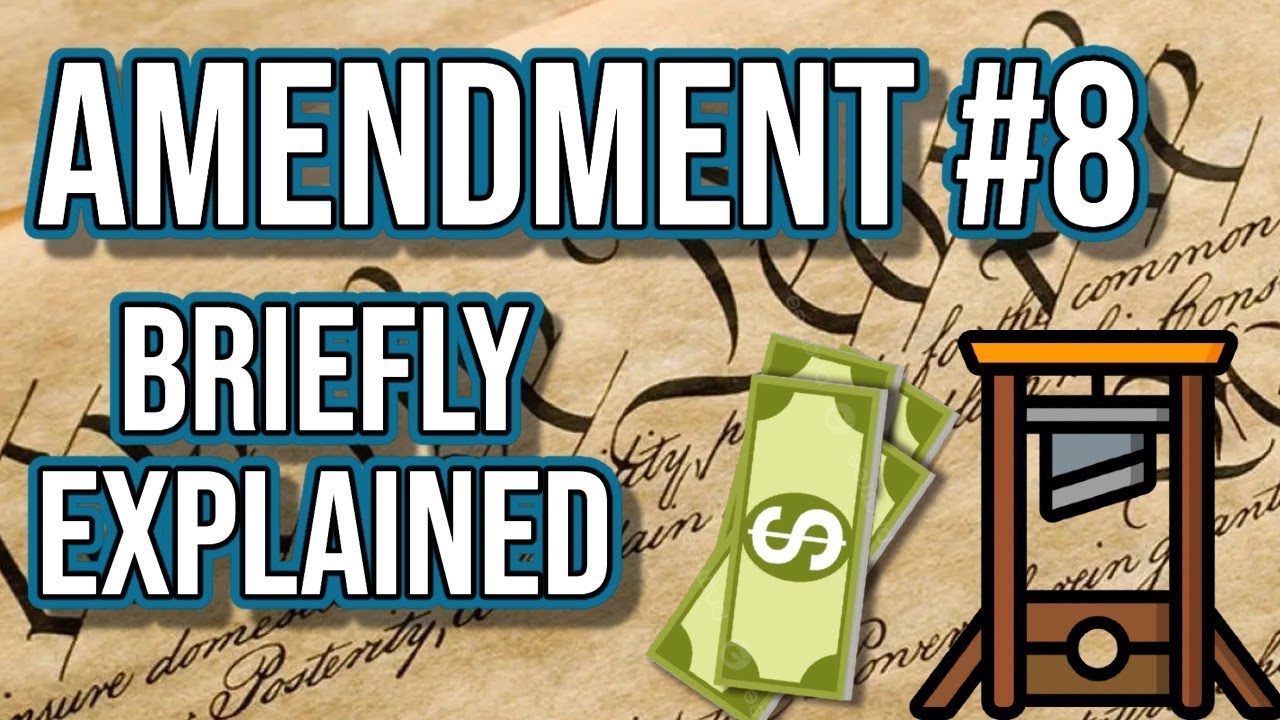The Eighth Amendment to the United States Constitution plays a vital role in protecting individuals against cruel and unusual punishments. Ratified in 1791 as part of the Bill of Rights, this amendment is central to ongoing discussions about justice, human rights, and the ethics of punishment in America. As we approach 2026, it’s essential to explore the historical underpinnings of the Eighth Amendment and how its interpretations have morphed in response to changing societal views, legal updates, and the pressing need for criminal justice reform.
Key Considerations: Eighth Amendment and Its Implications on Justice

1. Historical Context of the Eighth Amendment
To grasp the significance of the Eighth Amendment, it’s crucial to delve into its roots. The amendment emerged in response to the inhumane punishments prevalent in the 18th century. The founding fathers aimed to curb such practices and emphasize humane treatment in justice systems. Landmark cases such as Furman v. Georgia (1972) marked pivotal points in how courts interpret this amendment, challenging prevalent norms.
Court cases over the years have made waves not just legally but socially as well. For instance, the Gregg v. Georgia (1976) case established that capital punishment—while not unconstitutional under the Eighth Amendment—must be applied fairly and with respect to human dignity. This evolution underscores the amendment’s adaptability in the face of societal change.
Moreover, the dialogue surrounding the Eighth Amendment continues to evolve. Its implications resonate deeply in today’s discussions about rehabilitation versus punitive measures, making it a cornerstone in the ongoing discourse on justice reform.
2. Modern Interpretation and Case Law
In recent years, the interpretation of what constitutes “cruel and unusual punishments” has come under scrutiny. The Supreme Court has addressed various issues tied to the application of the death penalty, particularly focusing on mental health considerations. Notably, Atkins v. Virginia (2002) deemed it unconstitutional to execute individuals with intellectual disabilities under the Eighth Amendment, reinforcing the principle of human dignity.
Another landmark ruling, Roper v. Simmons (2005), ruled that executing individuals for crimes committed while they were minors is also unconstitutional. These decisions emphasize the courts’ role in interpreting the Eighth Amendment, reflecting evolving societal standards regarding justice and mercy.
The growing acknowledgment of mental health in sentencing is another critical aspect that surfaces in discussions surrounding this amendment. Individuals with mental health issues often face unjust penalties, spotlighting ethical dilemmas and calling reforms into action.
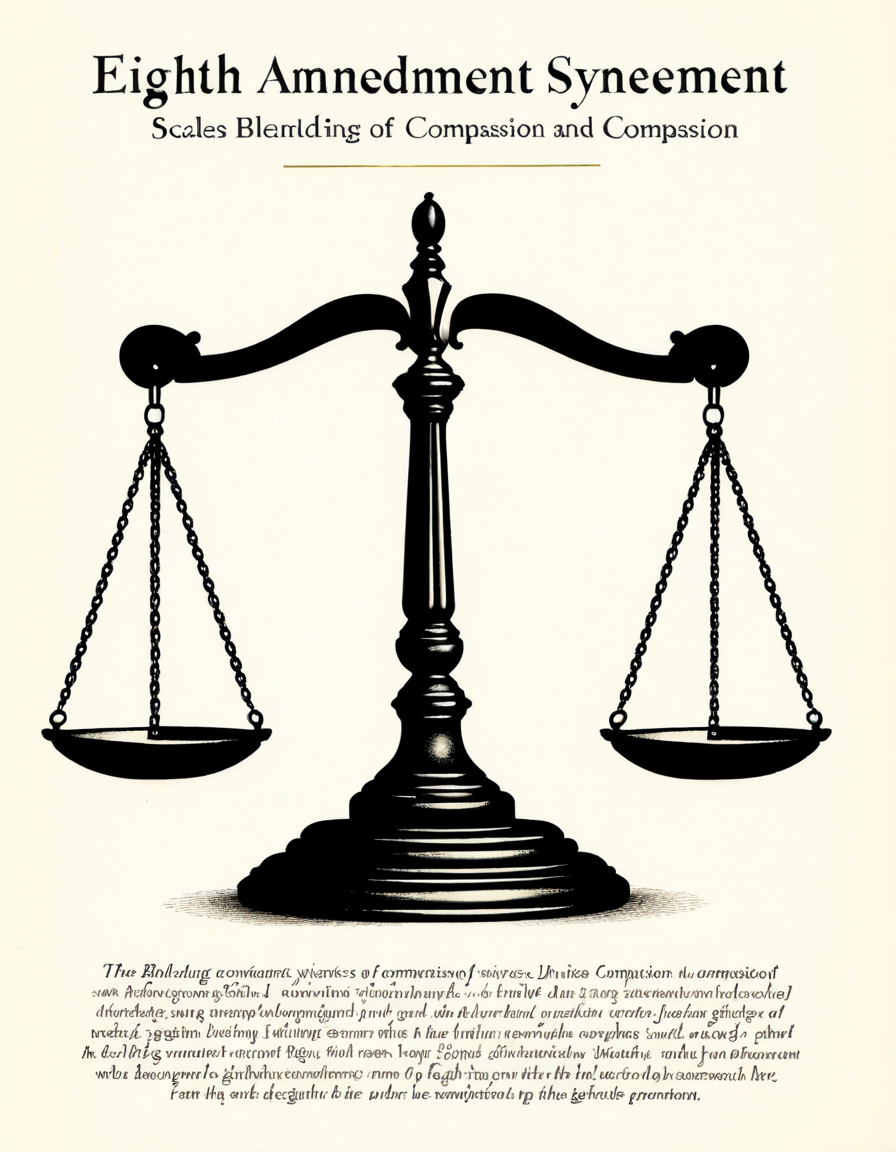
3. Examples of Recent Legislation Related to Punishments
Legislative trends in various states tell a story of evolving attitudes toward capital punishment and lengthy sentences. California’s Proposition 62, which aimed to abolish the death penalty, highlights a shifting public sentiment against the harshest forms of punishment and reflects a budding consensus towards a more just criminal justice system.
Conversely, states like Texas and Florida have continued to uphold and carry out capital punishment, often igniting legal disputes based on Eighth Amendment claims. These contrasting policies illustrate the divide between progressive reform and traditional punitive approaches in America.
Furthermore, with public opinion gradually swaying towards reform, many state legislatures are re-evaluating their approaches to sentencing. As more Americans advocate for a shift from retribution to rehabilitation, legislative bodies will likely feel the pressure to adapt accordingly.
4. Eighth Amendment vs. 24th Amendment: A Comparative Analysis
While the Eighth Amendment deals primarily with the rights of individuals concerning punishment, the 24th Amendment focuses on voting rights. Understanding their intersection reveals how punitive justice often disproportionately impacts marginalized communities.
Research indicates that stringent sentencing laws have a more profound effect on communities of color, drawing stark parallels with disenfranchisement issues arising from the 24th Amendment. Such systematic biases create layers of injustice that require critical attention and reform to ensure equitable treatment under the law.
The ongoing struggle for justice and rights can’t be viewed in silos. These two amendments collectively signify the fight against systemic issues that affect the nation’s ethical and moral compass, urging advocates to push for reforms that uphold the dignity and humanity of every individual.
5. Advocacy and Public Opinion
Organizations like the American Civil Liberties Union (ACLU) and the Equal Justice Initiative (EJI) have been at the forefront of advocating against abuses stemming from stringent sentencing laws. These groups actively highlight injustices related to the enforcement of the Eighth Amendment, raising public awareness and sparking debates about justice reform.
Polling shows a significant shift in public sentiment, with many Americans now backing reforms that prioritize rehabilitation over retribution. This change in perspective reflects broader societal views on justice, emphasizing the need for humane treatment within the justice system.
Moreover, grassroots movements and advocacy campaigns underscore the importance of public engagement in the fight for justice reform. As these discussions gain traction, they pave the way for meaningful changes in legislative approaches to criminal justice.
6. The Role of Mental Health in Sentencing
In recent discussions about cruel punishments, mental health has emerged as a crucial topic. Studies reveal that individuals suffering from mental health issues often face disproportionately severe sentencing, raising significant ethical questions.
States like Oregon and Colorado are beginning to recognize the importance of providing mental health support rather than relying solely on punitive measures. Programs aimed at addressing mental health within the judicial system have started to shift how courts view defendants with mental health challenges.
As the dialogue around mental health and its impact on criminal behavior evolves, it is likely to influence interpretations of the Eighth Amendment, pushing for a more compassionate approach to justice.
7. The Future of the Eighth Amendment Protections
Looking forward, the interpretation of the Eighth Amendment is poised to evolve further in light of advancing societal perspectives and judicial philosophies. The growing emphasis on rehabilitation over strict punishment signifies a potential shift in how the amendment will be applied.
With advancing technology and innovative reform discussions, concepts such as restorative justice may redefine how the justice system engages with those accused or convicted of crimes. By focusing on healing rather than retribution, society can re-engage with the principles underlying the Eighth Amendment.
The ongoing discourse surrounding the Eighth Amendment is more than a legal debate; it embodies a fundamental ethical dilemma resonating within American society. By prioritizing humanity in our justice system, we have the opportunity to reshape the narrative surrounding cruel and unusual punishments.
As we aim for a more just legal framework in 2026, it is crucial to remain vigilant and push for reforms that reflect evolving moral standards and a commitment to humane treatment for all individuals. The pathway to understanding and implementing protections against cruel punishments is an unfolding journey that requires our collective attention and action.
Eighth Amendment: Fun Trivia and Interesting Facts
Understanding the Eighth Amendment
Did you know that the Eighth Amendment, which protects against cruel and unusual punishments, has roots tracing back to the English Bill of Rights of 1689? It emphasizes humane treatment and has influenced countless court cases in America. For instance, one landmark case, Ryan vs. Haney, echoes the amendment’s significance as courts grapple with what constitutes “cruel” punishment in modern times. It’s a compelling example of how legal interpretations evolve, similar to how Jim Parsons’ net worth has grown alongside his fame in the acting world.
Some Peculiar Punishments Over Time
Interestingly, if you delve into history, the Eighth Amendment was designed as a safeguard against extreme and unusual punishments, yet some fascinating forms of punishment still arose. From the stocks in colonial times to the creative, sometimes comical representations in movies like Heavyweights, we see how society’s views on punishment have shifted. The absurdity of some of these methods could make anyone chuckle, much like how the playful Playboy bunny logo continues to provoke thoughts on societal norms.
Modern Relevance and Case Studies
Today, the Eighth Amendment’s interpretations are still scrutinized, especially with regards to prison conditions and sentencing practices. A significant case involved the Supreme Court addressing harsh penalties for nonviolent crimes, showing that what was once deemed acceptable can evolve. This mirrors how athletes break records, like in tennis, where you may find surprising records that redefine the expectations of the sport, emphasizing how far we’ve come in all areas of life. Each change resonates with a society that continually looks to improve and uphold dignity, reinforcing the Amendment’s critical role in protecting human rights.
As the dialogue around these issues unfolds, practical knowledge emerges—the way baking soda can tackle heartburn brings relief to many and often reminds us of simpler, effective solutions to complex problems. Just as understanding tools like Vlookup can enhance your data management skills, grasping the nuances of the Eighth Amendment can empower citizens to advocate for fairness and justice in legal systems.
